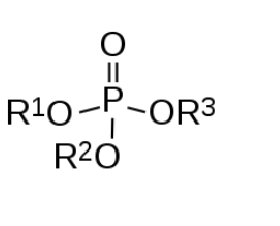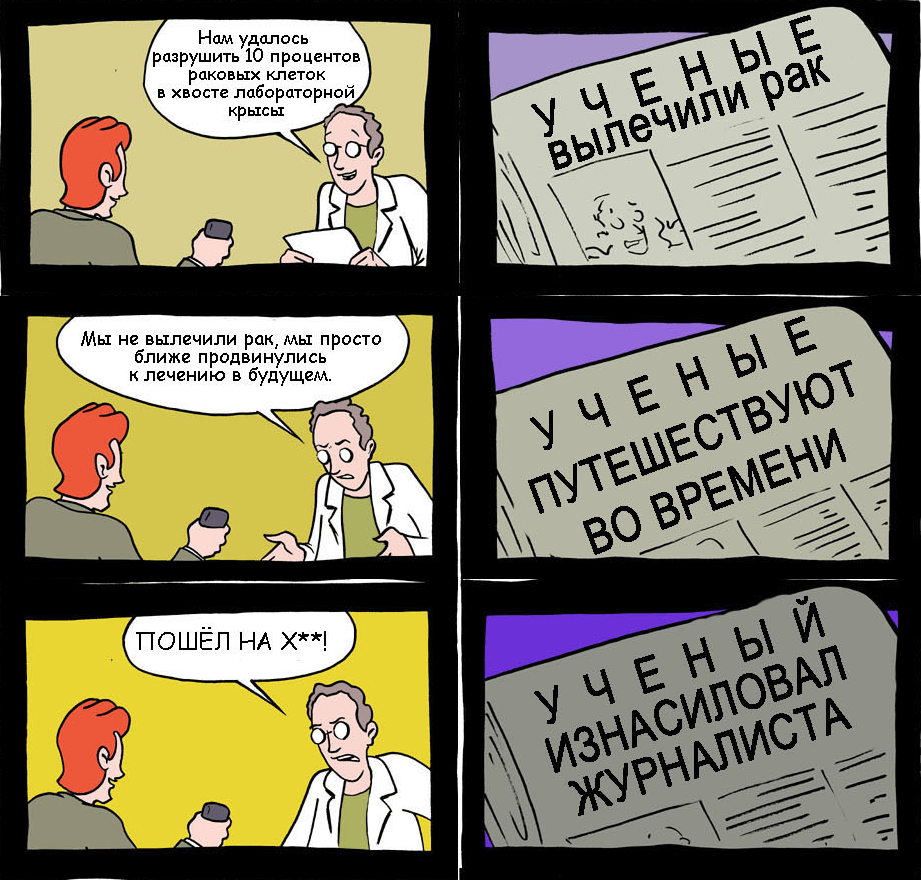Возможный срединный путь в вегетарианстве
Feb. 1st, 2022 10:50 amНе самые радикальные вегетарианцы готовы есть не только растения, но и бактерий, водоросли, грибы, простейших.
Один из аргументов против мяса - [возможные, хоть и пока не доказанные] страдания животных.
Теоретически можно решить данную проблему, убрав из домашних животных материальный носитель [возможных] страданий, условно: передний мозг. Фактически легально перевести их в статус аналогичный статусу мертвого, как, например, человек с необратимым повреждением мозга легально считается мертвым.
Там, конечно, придется еще как-то стимулять базовые функции. Но в целом должно работать. :-)
Один из аргументов против мяса - [возможные, хоть и пока не доказанные] страдания животных.
Теоретически можно решить данную проблему, убрав из домашних животных материальный носитель [возможных] страданий, условно: передний мозг. Фактически легально перевести их в статус аналогичный статусу мертвого, как, например, человек с необратимым повреждением мозга легально считается мертвым.
Там, конечно, придется еще как-то стимулять базовые функции. Но в целом должно работать. :-)








